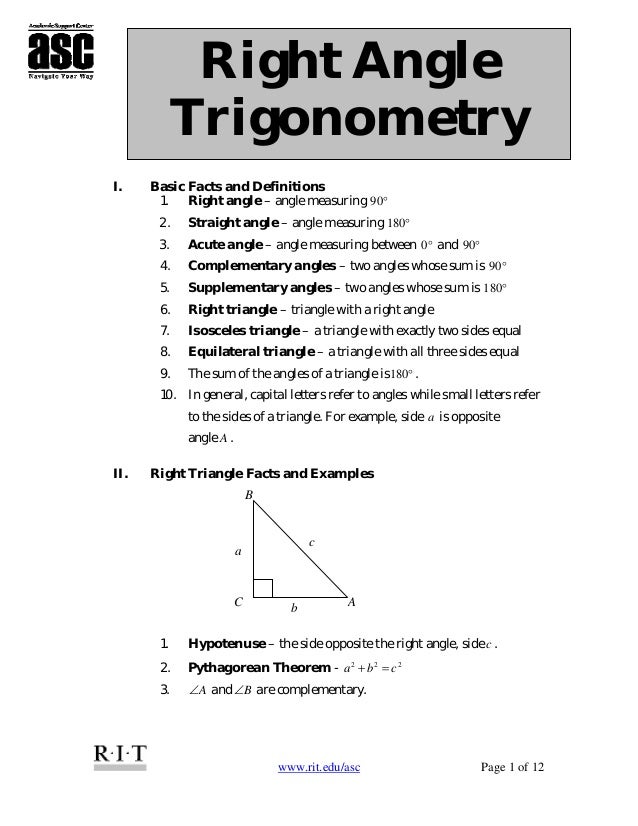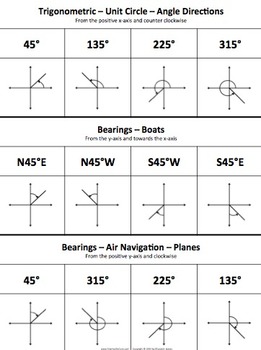
The reason for this is that while computing the values, a "0" appears in their denominator, so the value becomes undefined and is said to be equivalent to infinity.


The table consists of trigonometric ratios – sine, cosine, tangent, cosecant, secant, and cotangent. It is easy to predict the values of the trig ratios in a trigonometric table and to use the table as a reference to calculate trigonometric values for various other angles, due to the patterns existing within trigonometric ratios and even between angles. The trigonometric table is simply a collection of values of trigonometric functions of various standard angles including 0°, 30°, 45°, 60°, 90°, along with with other angles like 180°, 270°, and 360° included, in a tabular format. Note: Here, 1/√2 can also be written as √2/2 and 1/√3 can also be written as √3/3 (by rationalizing the denominators). Here is the trigonometry table for standard angles along with some non-standard angles: Trigonometry Table

The trigonometric functions are namely the sine function, cosine function, tan function, cot function, sec function, and cosec function. Because of patterns existing within trigonometric ratios and even between angles, it is easy to both predict the values of the trigonometry table and use the table as a reference to calculate trigonometric values for various other angles.

The trigonometric table is simply a collection of the values of trigonometric ratios for various standard angles including 0°, 30°, 45°, 60°, 90°, sometimes with other angles like 180°, 270°, and 360° included, in a tabular format.


 0 kommentar(er)
0 kommentar(er)
